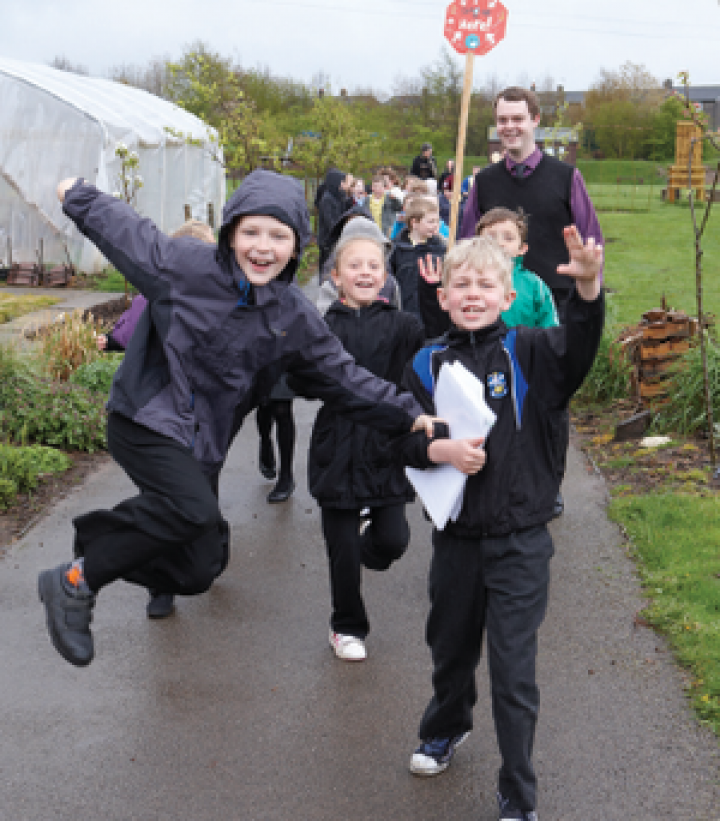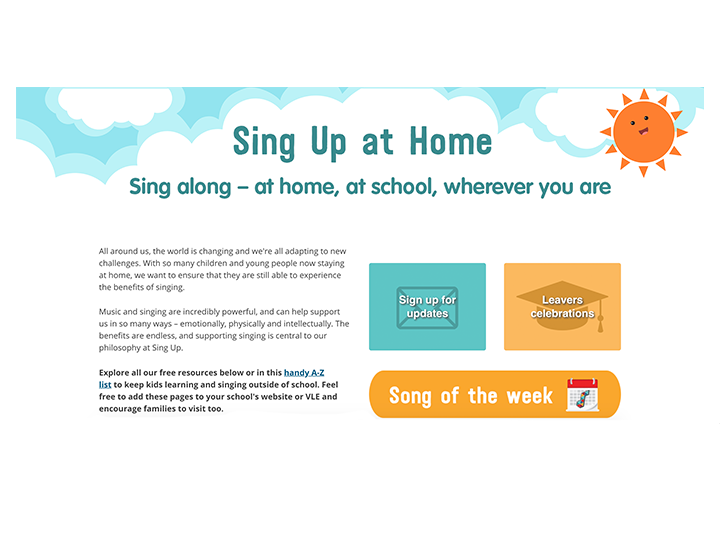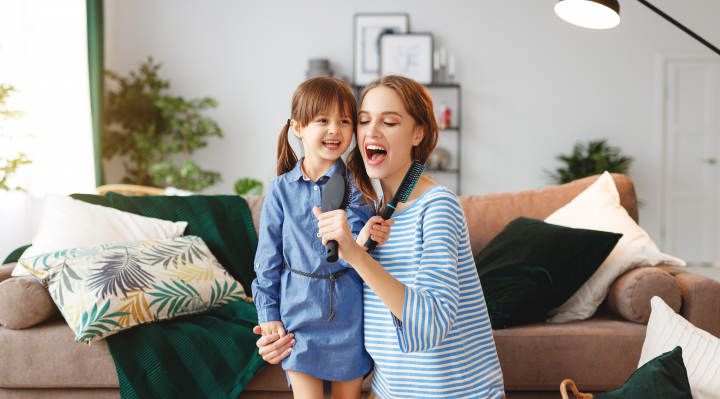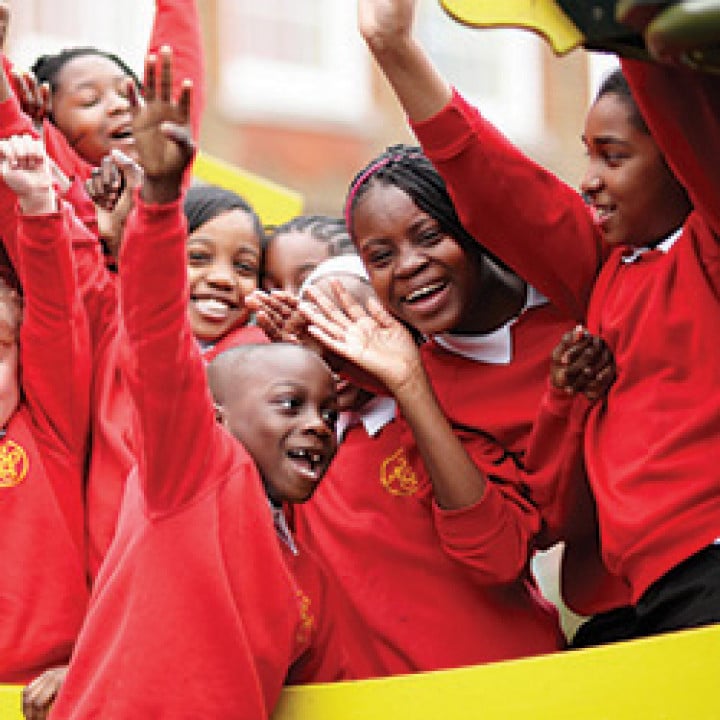
Creativity in education has always been close to my heart. I had wonderful experiences in music while I was growing up, and I entered education to make a difference to every child and ensure all children receive the same rich creative education I enjoyed so much.
Our school’s philosophy is very inclusive and we work hard to ensure everyone feels welcome. A key part of this are the spaces we create. Creative spaces are not just about where you sing, but about the environment you build within them. Keeping the right temperature in the room, having good lighting and arranging the room appropriately are all factors to consider when building a creative space, but I think getting the atmosphere right in a space is just as important.
Singing is for everyone
I truly believe that everybody can sing. Yes, some sing better than others, and some people sing by other means, ie. sign, Voice Output Communication Aids (VOCAs), rapping and beatboxing, but for me singing is not all about creating a wonderful sound all of the time – it is about making the sound in the first place. Don’t get me wrong, making a quality sound is important, but singing can bring with it so many other benefits that include building self-esteem, developing relationships and social skills, and having fun!
In my teaching I try to make sure that every child feels valued for who they are and the contributions they make to a group. I like to create an inclusive environment, a space where it’s OK to make mistakes and have the freedom to be yourself. I demonstrate something I call ‘constructive criticism’ to the children and we practise that skill when singing. Instead of a child saying to another ‘you’re singing too quietly’ they would say ‘I like the way you sang the opening, but have you thought about singing louder at the end?’. This creates a positive culture and one where the children feel able to make mistakes without fear of ridicule. The children respond well within this atmosphere because they can be themselves and they feel comfortable with each other.
Different spaces for different sounds
The great outdoors…
At Overthorpe, we are lucky to have extensive outdoor grounds. Our reflective area in the school’s woodland is a great space where we encourage the children to be contemplative and quiet. The singing we do in this space reflects this. We have held our Remembrance worship here during which we sang a gentle song to a simple violin accompaniment before holding a two-minute silence.
In contrast to this I will often take a group out onto the field or into our wildlife garden and have them marching around in lines to keep a beat in rhythm songs or to learn words by call-and-response … military style!
The children feel free outside to make noise and, often, the more reluctant singers, who are fearful of being heard indoors, will sing with gusto outside.
The main school hall…
In the main school hall we have created a welcoming atmosphere where it’s not just the children and adults in school who feel able to sing. In one project we invited parents, grandparents, brothers, sisters, ex-pupils – in fact anyone
who wanted to sing – to come along and sing with the school choir. The atmosphere was incredible and the feedback quite amazing. One adult’s comment really stuck with me, “At school, I was always told I couldn’t sing – I was to stand at the back and mime. Now I’m enjoying finding my voice.”
The playground…
The children love to sing and the playground is the perfect place to do it. We provide our children with a song pack that they can take into the playground to teach others various songs and games. The children are learning without the necessity of an adult leading the songs and games, thus learning vital skills in communication, group work and leadership.
The ICT suite and sound manipulation…
Using ICT software such as Audacity (an open-sourced multi-track editor available for free from https://www.audacityteam.org/) opens up singing on a new level. Children are able to record sounds using a microphone and enter them into the computer where they can then manipulate these sounds to create soundscapes or backing tracks for live performances. Children in this space are free to express themselves creatively and are able to explore music in their own way. The added bonus of hearing some of your work back almost instantly brings an immediate feeling of success, thus boosting self-esteem.
No matter where our children or adults perform, the key to a successful creative space is to remember that in order to sing their best they need to feel valued, comfortable, and relaxed.
Top tips for building creative spaces:
- Have a vision. What is it that you want to achieve from this space, ie. inclusive singing?
- Be positive. Introduce constructive criticism to your classes. It works wonders with building self-esteem and makes everyone feel valued while focusing on ways to improve.
- Set the rules for each space and stick to them. Is this a refl ective space or one where we can really let go and sing our hearts out?
- Get other staff on board, in particular management. Hold a singing staff meeting or enrol some of your staff on some Sing Up training to really enthuse them.
- Establish one space at a time so as not to overload yourself or your colleagues.
- Don’t be afraid to take risks. Children like the unfamiliar, so going outside and singing with gusto might take them by surprise and really make them focus on what you want to achieve that session.
- Model, model, model… demonstrate to pupils and other staff what you are trying to achieve and don’t give up!



